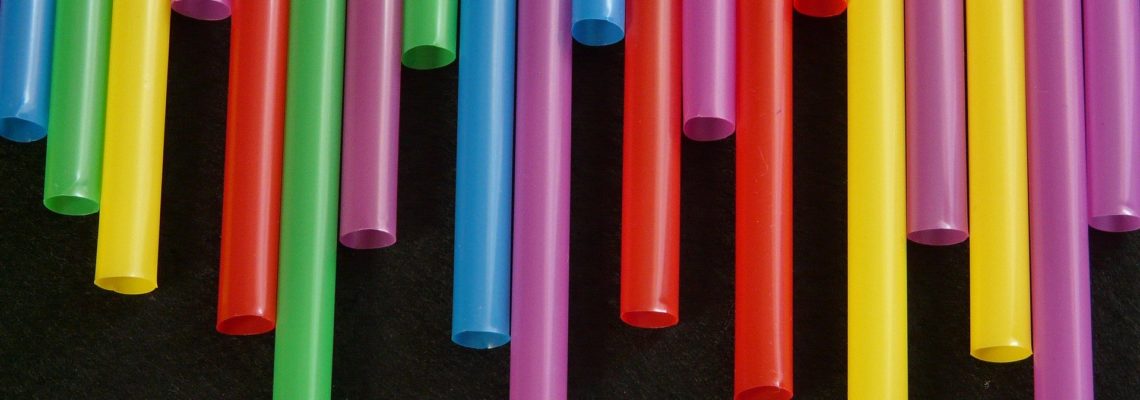E&L testing is carried out on plastic products to understand which molecules, such as antioxidants, slip agents, surfactants lubricants, etc. are released from a polymer system. Undertaking E&L testing is a critical step of the medical device and pharmaceutical safety verification process as the presence of these molecules presents unique challenges as they are not purposefully added substances, and they are often not commercially available as standards.
E&L testing is used to safeguard products which cover a range of applications which can adversely impact human health. This includes medical devices, but also food contact materials, and pharmaceutical products. E&L testing is usually carried out using relative quantitation with surrogate standards, this is largely due to a lack of available reference standards.
Shortcomings of Traditional E&L Testing
Generally, one particular issue inherent in standard E&L testing is response factor variation. Different compounds at the same concentrations can result in different signal intensities, displaying different RF values. This can significantly impact quantitative accuracy and toxicological risk assessments.
Response Factors and Limits of Detection
The response factor is the signal per unit concentration for each compound. Many detectors do not offer an equal response for various compounds at equal concentrations. This means that response factor variation is normal, rather than exceptional.
The relative response factor is the slope of the calibration curve of a target compound, divided by the slope of the calibration curve for the substitute standard. For example, an RRF value of 0.58 means that quantitation carried out using the surrogate standard returns a value that is 58% of the actual value.
RRF values correlate directly to quantitative accuracy and the limits of detection are impacted by response factor variation. A compound that has a small RRF value will lead to a bad limit of detection as its response is weak, so surrogate standards need to be chosen prudently when creating a limit of detection.
How Jordi Labs Can Help with Uncertainty Factors in E&L Testing
Jordi Labs has developed the multidetector approach to mitigate RF variation and with it the need for large uncertainty factors in E&L testing. The Jordi Labs multidetector approach to E&L testing produces enhanced accuracy.
Jordi Labs draws on over four decades of analytical chemistry expertise to offer a world-class extractables and leachables testing service. Our team of expert chemists can carry out accurate and detailed extractables and leachables testing for any application using state-of-the-art instrumentation.
If you would like to find out more about our E&L testing solutions, get in touch with us today.





